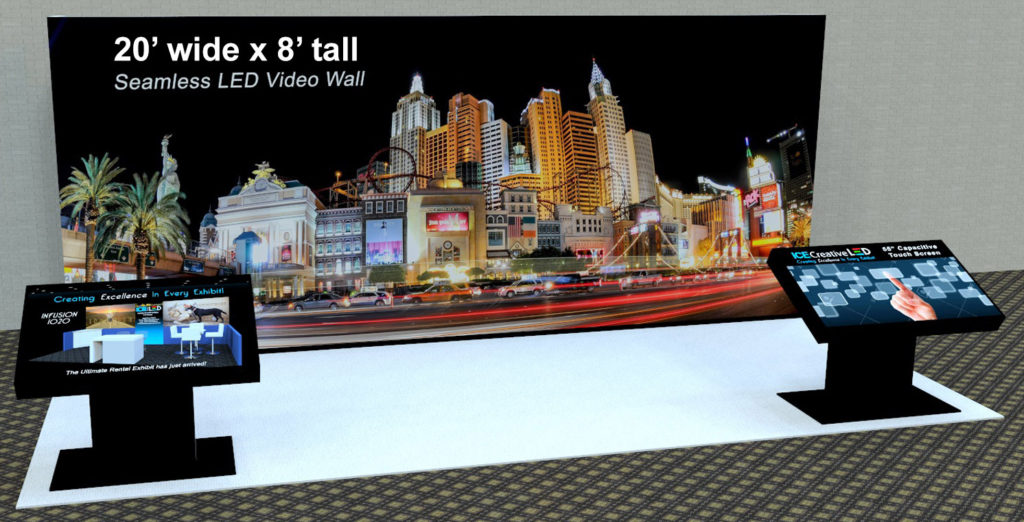The quality of the LED elements plays a major role in hue uniformity. Different types of light-emitting diodes produce light at different frequencies, which can affect the overall color result. High-quality light-emitting diodes are engineered to produce a more uniform light spectrum, resulting in improved hue precision. Additionally, the production method of these LEDs can impact their performance. Screens made with high-grade materials and techniques tend to have less hue differences, ensuring that the displayed images and videos look vibrant and true to life.

Tuning is another essential element in preserving color uniformity in light-emitting diode wall panels. Calibration entails adjusting the settings of the screen to make certain that the colors displayed match the intended appearance. This process can consist of adjusting brightness, contrast, and hue equilibrium. Regular tuning is essential, especially in environments where illumination factors vary frequently. By tuning the screens, specialists can correct any inconsistencies in hue output, leading to a more consistent observing experience.
Surrounding factors also affect hue consistency linked here in light-emitting diode wall screens. Factors such as ambient light, heat, and moisture can influence how colors are seen. For example, bright ambient light can wash out hues, making them look less vibrant. Similarly, harsh heat can influence the performance of the light-emitting diodes, resulting to color shifts. To mitigate these problems, it is crucial to place LED wall panels in managed settings where lighting and temperature can be managed efficiently.
Lastly, the layout and layout of the LED wall panels can affect hue consistency. The arrangement of the panels, as well as the spacing from which they are observed, can create differences in hue perception. When panels are placed too far apart or at varied positions, audiences may notice inconsistencies in hue. To achieve the best optical output, it is important to consider the placement and alignment of the panels during setup. By tackling these elements, operators can ensure that their LED wall panels deliver a uniform and superior optical encounter.